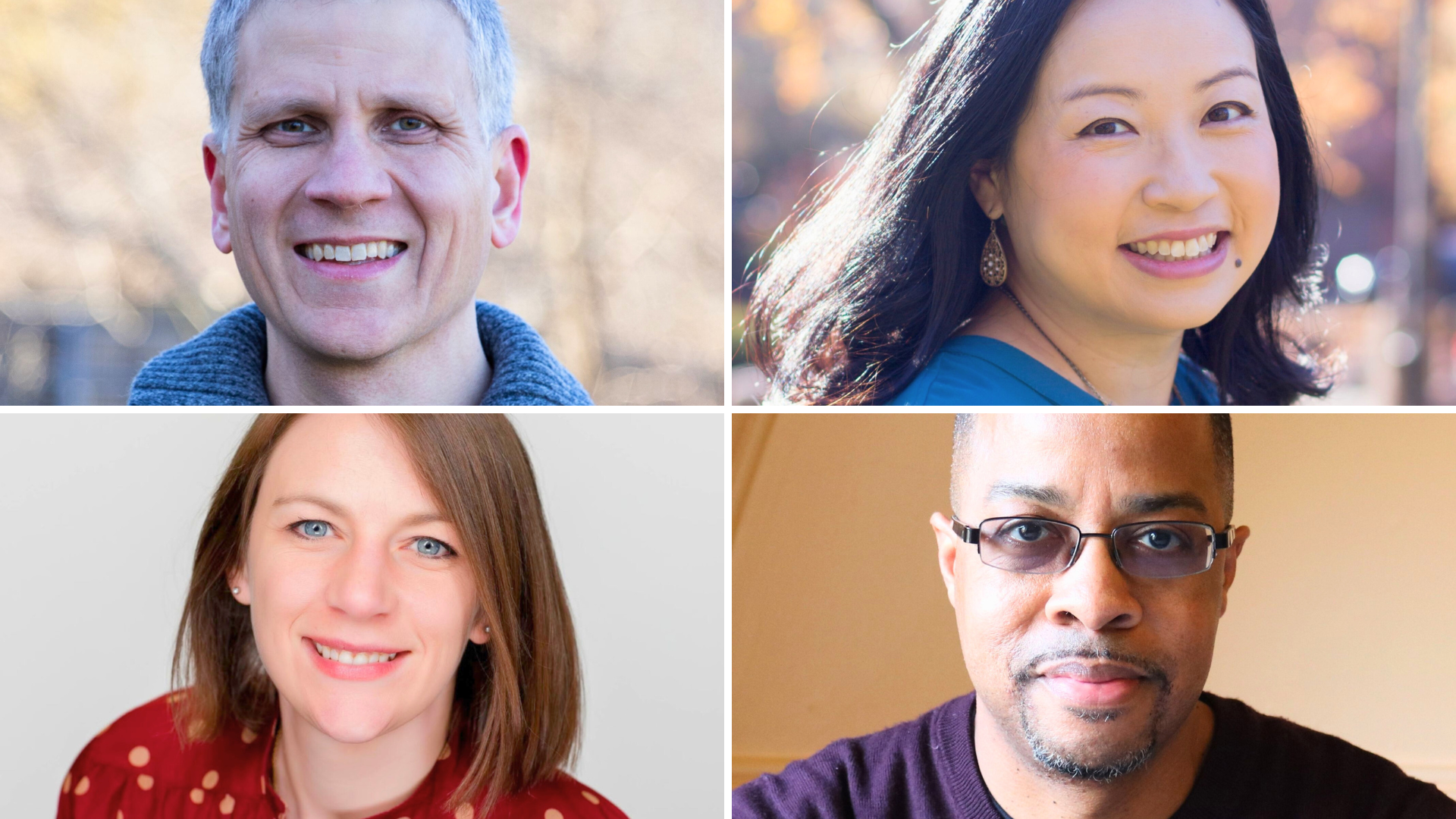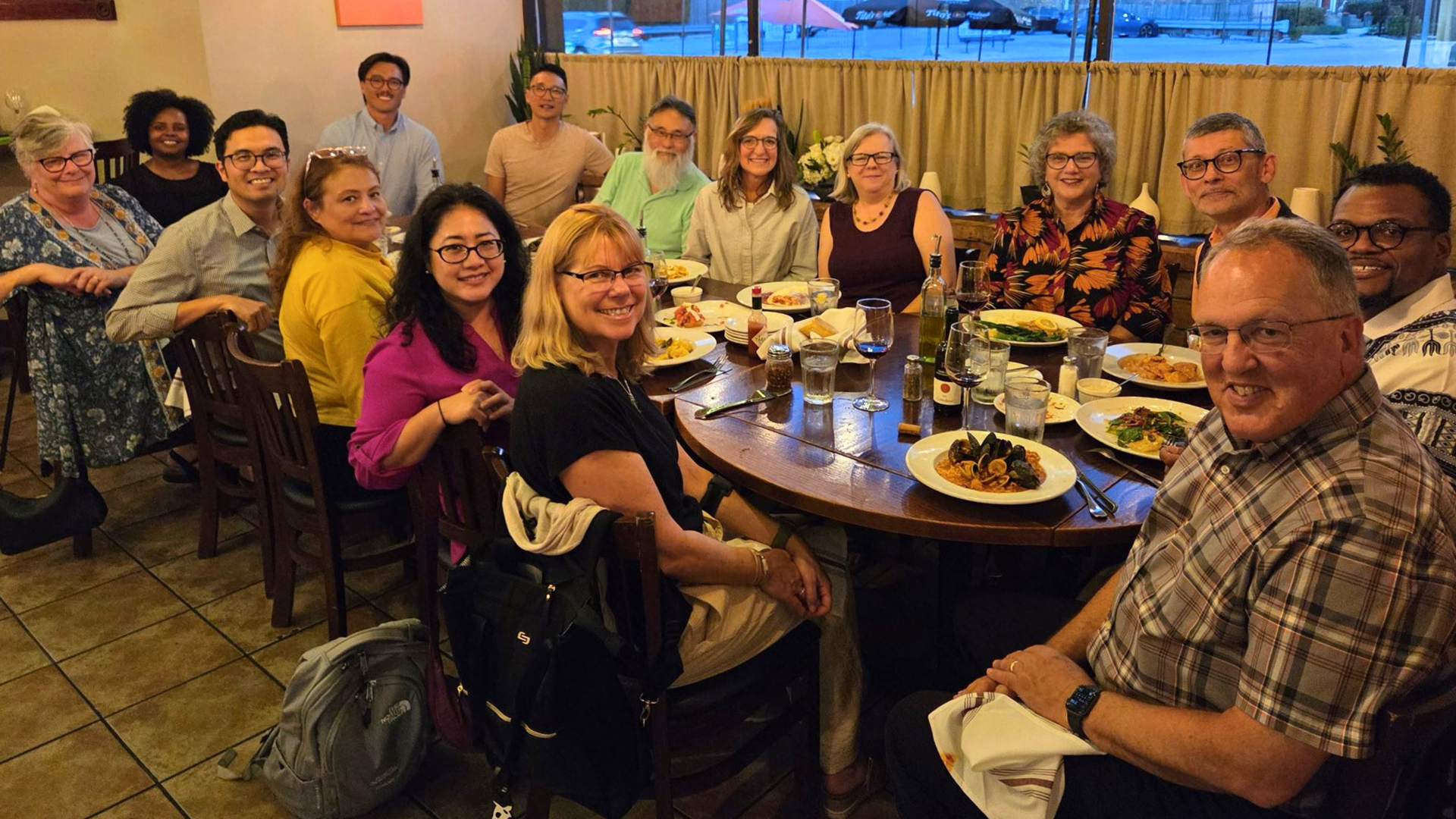Reopening Positive Pathways in A Quarantine that Feels Endless
In March we lost hope. Much of our joy in life is fueled by anticipation. Looking forward to things is what we do. Vacations, graduations, and anniversary celebrations can propel us into hopefulness. Yet with the widespread shutdown of workplaces, restaurants, and places of worship this year and the prospects of returning to normalcy fairly dim at this point, it can feel like we must look long and hard for reasons to hope.
A recent article in the Journal of the American Medical Association stated that the coronavirus crisis is negatively impacting our mental health. Nearly 1,500 participants completed the survey “Covid-19 and Life Stressors Impact on Mental Health and Well-being,” and the results were telling. The prevalence of symptoms of depression in respondents more than tripled over the last six months, with those exposed to higher stress factors and in a lower income bracket being at greater risk. A recent Center for Disease Control and Prevention report found that among those surveyed in late June, a notable percentage of respondents reported having seriously considered suicide in the previous 30 days. While the overall rate was 10.7 percent, numbers were significantly higher among respondents aged 18–24 years (25.5 percent). Higher trends were also noted among minority racial/ethnic groups, self-reported unpaid caregivers for adults, and essential workers.
Psychotherapists are all too aware that one of the most important markers of serious depression is suicidality, a feeling that is most often driven by a sense of hopelessness. In my own work as a marriage and family therapist, I have noticed elevated rates of anxiety and depression in a large percentage of my clients during this pandemic. The result can be a sense of lethargy, feelings of sadness, decreased motivation, and a sense of hopelessness. At first people thought, “I can do this for a month,” with many joking early on that it wasn’t so bad; that all we were being asked to do was to sit at home and watch Netflix, not go to war. “How hard is that?”
But with the length of time it will take to control the pandemic still uncertain, the real impact is becoming clearer. A predictable structure to our days has evaporated as many have been laid off or furloughed for months. Others, having pivoted to a work-from-home existence, find themselves struggling to keep any boundary at all between their work and private lives. Financial struggles have impacted many, and those who started with less have been affected the most. It is no wonder that in these hard times hope is in scarce supply.
Researchers identified five main “pathways” to hope: maintaining identity, realizing community, claiming power, attending to spirituality, and developing wisdom.
Hope is one of the three classic virtues of historic Christianity. Faith, hope, and love are foundational in that they draw us to God and to each other. A sense of hope is essential to forward momentum in life. In a 2008 research project, Duane Bidwell, an associate professor of practical theology at Claremont School of Theology, and Donald Batisky, a pediatric nephrologist at Emory University School of Medicine, studied children in end stage renal failure. In trying to create an atmosphere of hope as they treated these little ones, the researchers identified five main “pathways” to hope: maintaining identity, realizing community, claiming power, attending to spirituality, and developing wisdom. Bidwell found that team members could create and activate these pathways of hope for the children. The pathways can also give us better footing on this tough path we are treading.
Yet these pathways have been harder to access due to the realities of the pandemic and the challenges of concurrent highly charged justice and political climates. Many of us have lost connection to things that help us maintain our identity. Separated from our colleagues at work, a lack of connection with others through sports and hobbies, and our places of worship becoming virtual, we can begin to forget who we are.
A sense of community can be difficult to maintain in such times of isolation. Trying to change something as big as the coronavirus’s effect on our lives can lead to a sense of powerlessness about even small things like exercise, entertainment, and community activism that are likely still within our control.
Even our spiritual practices can fall victim to our negative thoughts. Is God really in control as we watch systemic racism, political divisions, and pandemic implications rule the day? Perhaps we used to parse out these challenges through wisdom and understanding, reading and reasoning together. But even once sharp minds now feel dulled by the wash-rinse-repeat cycle of day-to-day existence.
Perhaps a remedy lies in this season of Advent. Let us imagine what actively hoping and waiting might look like. How can we be creators and activators of hope for each other and for those within our realm of influence? Maybe we can take agency in reopening these pathways of hope.
We find the need for a broader hope—a communal hope—that allows us to join together with others to believe in something bigger than ourselves and our own small plans.
Could we schedule regular conversations by phone or FaceTime to increase a sense of connectedness? Perhaps our voice or face could be the light that helps someone through another day of uncertainty. Can we be intentional about addressing antiracism or racial reconciliation in our virtual book club or movie group? Perhaps we could plan a Zoom Bible study on the theme of hope, reminding ourselves of the important biblical depth that we can draw from on this key theme of our faith. Even challenging each other to create art, cook “fancy,” or start a project can be ways of making space to think and dream and plan again. Maybe we drop off homemade food to those who have gotten weary of cobbling together a good meal out of a cupboard with scant supplies as an act to engender hope. Oddly, it is in this time of isolation that we find our greatest reasons to be community to one another.
But perhaps we have lost the ability to muster such energy on an individual basis, becoming tired of the Zoom calls and the scant gestures of caring. Maybe in our isolation, we find the need for a broader hope—a communal hope—that allows us to join together with others to believe in something bigger than ourselves and our own small plans. Whether that is in the idea that God is ultimately in control, that things will someday be better in our government, that climate change will be remedied, or that equality will be something that can be fully enjoyed by all—let us gather ourselves, church! Let us partner with those who are doing a good thing. Let’s have the discussions that are hard but worth having. Let’s find our way back into being Christ on earth to a hurting world. A place where perhaps we do not have easy answers but one that allows us to imagine our way forward, to think clearly again, and to cast a vision for these many issues which can seem so overwhelming.
As we enter this season of Advent, let us reflect on ways to anticipate the Light of the world coming to put flesh on, by putting some flesh on our own resolve to make this world a more hopeful place. Together. As the body of Christ.
Author’s note: If you or someone you know is struggling with suicidal thoughts or severe depression, please reach out. We tend to avoid this topic because it feels overwhelming to us, but engaging someone in this important conversation may be the first lifeline to begin to find a way back to hope.
Suicide Prevention Resources
National Suicide Prevention Hotline: (800) 273-8255
nimh.nih.gov/health/topics/suicide-prevention/index.shtml
suicidepreventionlifeline.org














